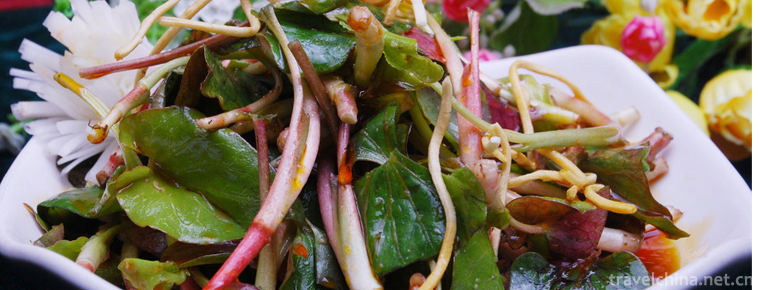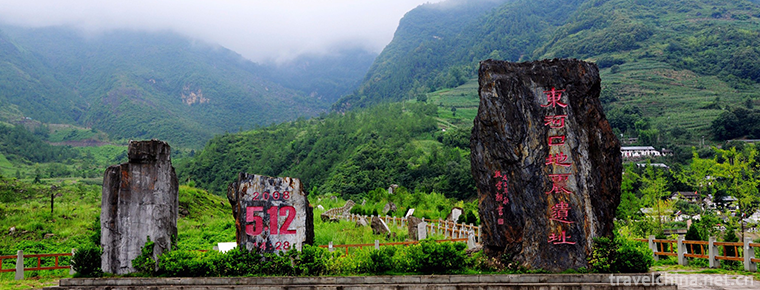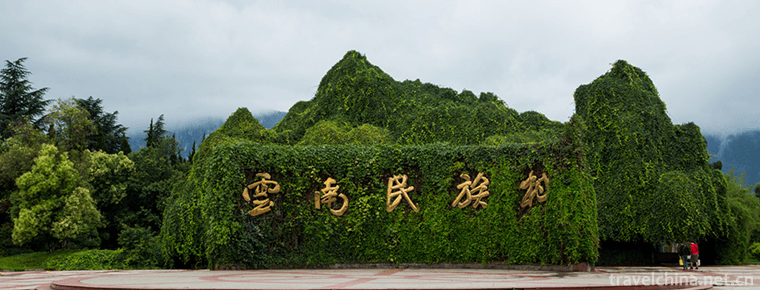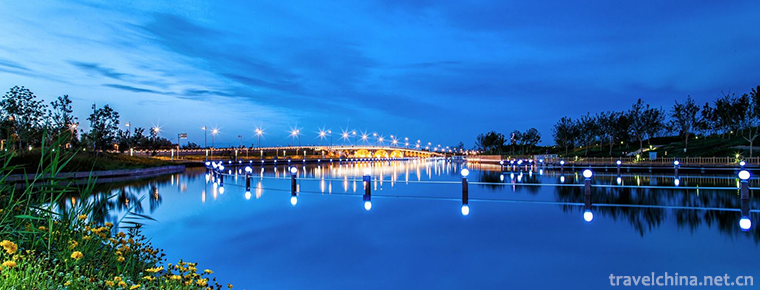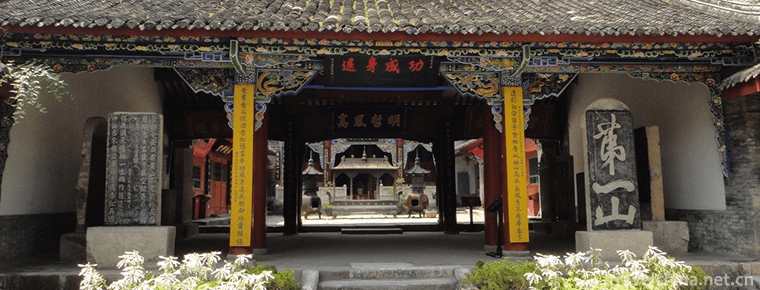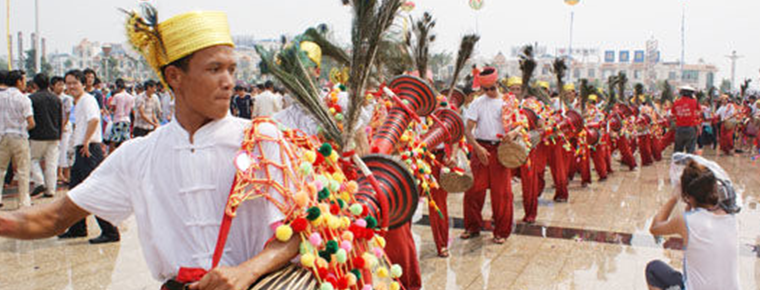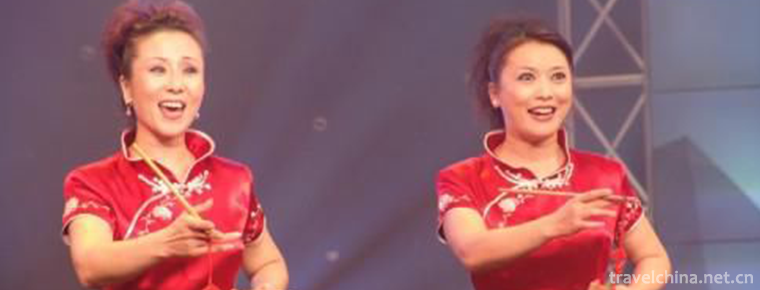Firing Techniques of Chaozhou Coloured Porcelain
Firing Techniques of Chaozhou Coloured Porcelain
In Chaozhou at the end of the Qing Dynasty, new colored pigments were used in the colored porcelain painting. Combining traditional glaze painting art with traditional Chinese painting techniques, traditional techniques such as Chaozhou embroidery, Chaozhou woodcarving, Chaozhou paper-cut, folk painting (such as lacquer painting, wall painting, Buddhist painting) and other traditional techniques were absorbed in the colored porcelain painting, thus forming a unique local style. One of the schools. Chaozhou color porcelain has the characteristics of full composition, bright color, distinct layers, smooth lines, graceful and vivid, elegant style.
Chaozhou ceramics has a long history, so it can be said that "if there are ceramics, there are colours". According to textual research, in the Tang and Song Dynasties, Chaozhou had the production of porcelain. The famous Bijiashan kiln (Song kiln) porcelain had already been carved, colored flowers, stacking flowers and other techniques and decorative techniques under glaze. The Ming Dynasty was a period of blue and white development. Pastel was popular in the early Qing Dynasty. At the end of Tongzhi (1874), Fengxi Porcelain Area had been synthesized in public. Yongli and Heshun Cai Museums were engaged in the work of porcelain painting, which was the beginning of "Ten Kilns Cai" in Chaozhou. In the twelfth year of Guangxu in the Qing Dynasty (1886), Yao Hua, a Fengxi ceramics worker, first opened a glazed ceramics house in Fengxi. Since then, Chaozhou has had colored ceramics. In 1910, Chaozhou painted porcelain artists Liao Jiqiu, Xuyun Qiu, Xie Ziting and others took part in Nanyang Expo in Nanjing and Pacific World Expo in San Francisco, USA. The 1.2-foot four-season tray of "Birds and Phoenixes" and the glazed painted figure tray were highly praised. Since then, the "tide colour" has been well-known.
Traditional porcelain painting can be divided into under-glaze and over-glaze. Among them, the glaze color includes Jiangxi pastel, wide color and tide color. Chaozhou color porcelain is a kind of color porcelain with unique local style by using new color pigments and combining with traditional glaze painting art in the late Qing Dynasty.
Chao Cai reached its prosperity in the 1980s, when Chaozhou had six professional factories of colored porcelain. Among them, Chaozhou Colored Porcelain Factory has more than 4000 employees. Its products are exported to more than 70 countries (regions) and 28 provinces in China, accounting for more than 60% of the export of porcelains at Shantou Port. At present, there are fewer and fewer practitioners engaged in hand-painted paintings, and young people are unwilling to learn. The tide-colored artists have been out of touch with each other and have no successors.

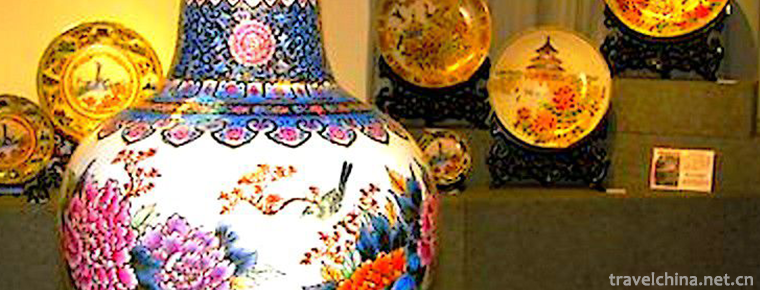
-
Houttuynia cordata Thunbherba houttuyniae
Houttuynia cordata Thunb. is a kind of herbal medicine collected in the Chinese Pharmacopoeia.
Views: 239 Time 2018-10-12 -
Mandarin Oriental Hotel Guangzhou
Wenhua Oriental Hotel is located in Tianhe District of Guangzhou, which belongs to Wenhua Oriental Hotel Group. It is a five-star hotel. The hotel has 233 rooms and 30 suites, and 24 hotel-style servi.
Views: 214 Time 2018-12-16 -
Donghekou Earthquake Relics Park
Donghekou Earthquake Site Park is the first earthquake site protection memorial site of Wenchuan Earthquake, located in Qingchuan County, Guangyuan City, Sichuan Province.
Views: 164 Time 2018-12-20 -
Yunnan Nationalities Village
Located in the southwest suburb of Kunming City, Yunnan Province, Yunnan Ethnic Village covers 89 hectares. It is a window reflecting and displaying the social and cultural customs.
Views: 110 Time 2018-12-22 -
legend of butterfly lovers Liang Zhu
Legend of Liang Zhu (Legend of Liang Shanbo and Zhu Yingtai) is a sad and moving love story. It is also called four ancient Chinese folklores with Meng Jiangnu, Niulang Zhinu and White Snake Biography.
Views: 286 Time 2018-12-23 -
Karamay River Scenic Area
The Karamay River, also known as the Chuancheng River, originates from Jiulongtan in the northeast of the city. It zigzags through the Xiyuetan Reservoir (also known as Aikule) .
Views: 124 Time 2018-12-23 -
Zhangliangmiao Scenic Area
Zhangliangmiao, a holy place of Quanzhen sect, is located at the foot of Zibai Mountain on the southern slope of Qinling Mountains. It is 101 kilometers south of Hanzhong.
Views: 104 Time 2019-03-16 -
Dai Elephant Foot Inspiration
There is also a legendary story about the origin of the Dai elephant drum. Legend has it that Mengzhai area in ancient times was a beautiful lake rippling with blue waves. But there are pythons and to.
Views: 167 Time 2019-04-24 -
Shandong drum
In addition to the book drum, the musical instruments of Shandong drum were initially beaten with two pieces of plough and plough, and then two pieces of iron and copper were used, accompanied by thre.
Views: 142 Time 2019-06-13 -
Beijing Dancing Academy
Beijing Dance Academy is a full-time ordinary college with the main task of training high-quality dance talents, high-level dance theory research and creation of works. The school, formerly Beijing Da.
Views: 295 Time 2019-09-06 -
Xiling Snow Mountain
Xiling Snow Mountain, located in Dayi County, Chengdu City, Sichuan Province, is only 95 kilometers away from Chengdu, with a total area of 483 square kilometers. It is a world natural heritage, giant panda habitat, AAAA tourist attraction and national key scenic spot..
Views: 321 Time 2020-11-06 -
Introduction to Chinese embroidery
Embroidery, known as needle embroidery in ancient times, is a kind of technology that uses embroidery needle to guide color thread, embroiders the designed patterns on textiles, and forms patterns with embroidery traces. In ancient times, it was called "Juju" and "pinju"..
Views: 100 Time 2020-12-12
